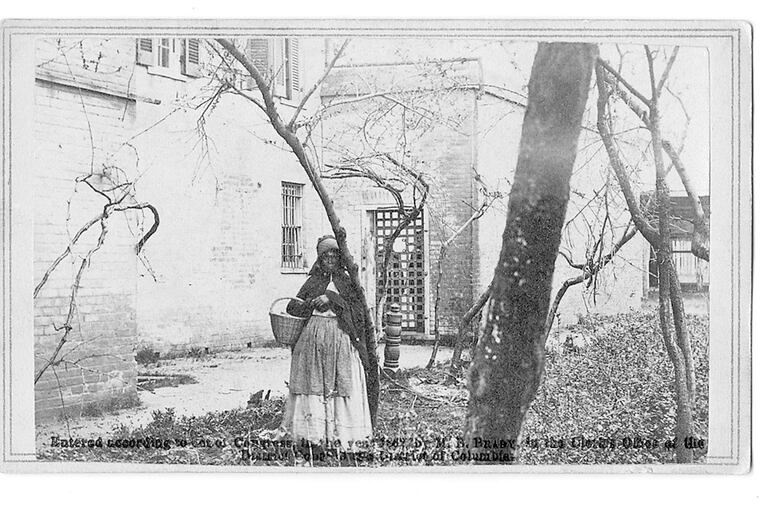Pa. Abolition Society is a pioneer still at work
With this month's sesquicentennial of the 13th Amendment's ratification, consider the story of the first abolition organization in the Western Hemisphere: the Pennsylvania Abolition Society, which is still in existence after 240 years.

With this month's sesquicentennial of the 13th Amendment's ratification, consider the story of the first abolition organization in the Western Hemisphere: the Pennsylvania Abolition Society, which is still in existence after 240 years.
The society was once a world-leading abolitionist organization, though it was eclipsed by a more radical band of abolitionism in the years leading to the Civil War evinced by William Lloyd Garrison, Frederick Douglass, and others.
Pennsylvanians' vehemence against slavery began in the early years of the commonwealth with a handful of Germantown Quakers submitting North America's first abolitionist petition to the 1688 Yearly Meeting.
Founded in 1775 at the Rising Sun Tavern as white Philadelphians and colonists throughout British North America contemplated their own rights and independence, the society dedicated itself to "promoting the Abolition of Slavery, and for the Relief of Free Negroes unlawfully held in Bondage." During the 1787 Constitutional Convention, the society organized local efforts to support a ban on the international slave trade and added "Improving the Condition of the African Race" to its mission the same year.
The society's strategy relied on twin pillars: petitioning and legal work. Lobbying state and federal governments to protect free African Americans, the society fought to curtail domestic traffic and ban overseas slave trading.
Legal work remains one of the most undervalued facets of the society, with the organization maintaining an energetic network of rescuers - lawyers, politicians, religious leaders - to sue for the release of wrongfully enslaved African Americans. It was to the society that Elijah Morris, a 20-year-old free man from Delaware, turned to for help after being illegally carried off to Tennessee.
The society's membership reached several thousand at its zenith, including some of the nation's most prominent figures: jurist William Rawle, physician Benjamin Rush, and polymath Benjamin Franklin. British reformer Granville Sharp wrote of a "deep sense of obligation to the PAS for the honor . . . of enrolling my name in the number of their . . . members."
However, the majority of the members were tailors, merchants, candle-makers, and other artisans. Still, this was not interracial activism. It was not until the radicalization of the antislavery struggle - fusing the formal abolition movement with black allies - that African Americans and women could participate in an integrated mass movement.
In the continuing quest for liberty, the society still meets annually to voice its protest of fresh abuses of equal rights.
The records of the society, housed at HSP, collect the stories of more than 200 years of the abolitionist movement in the United States.